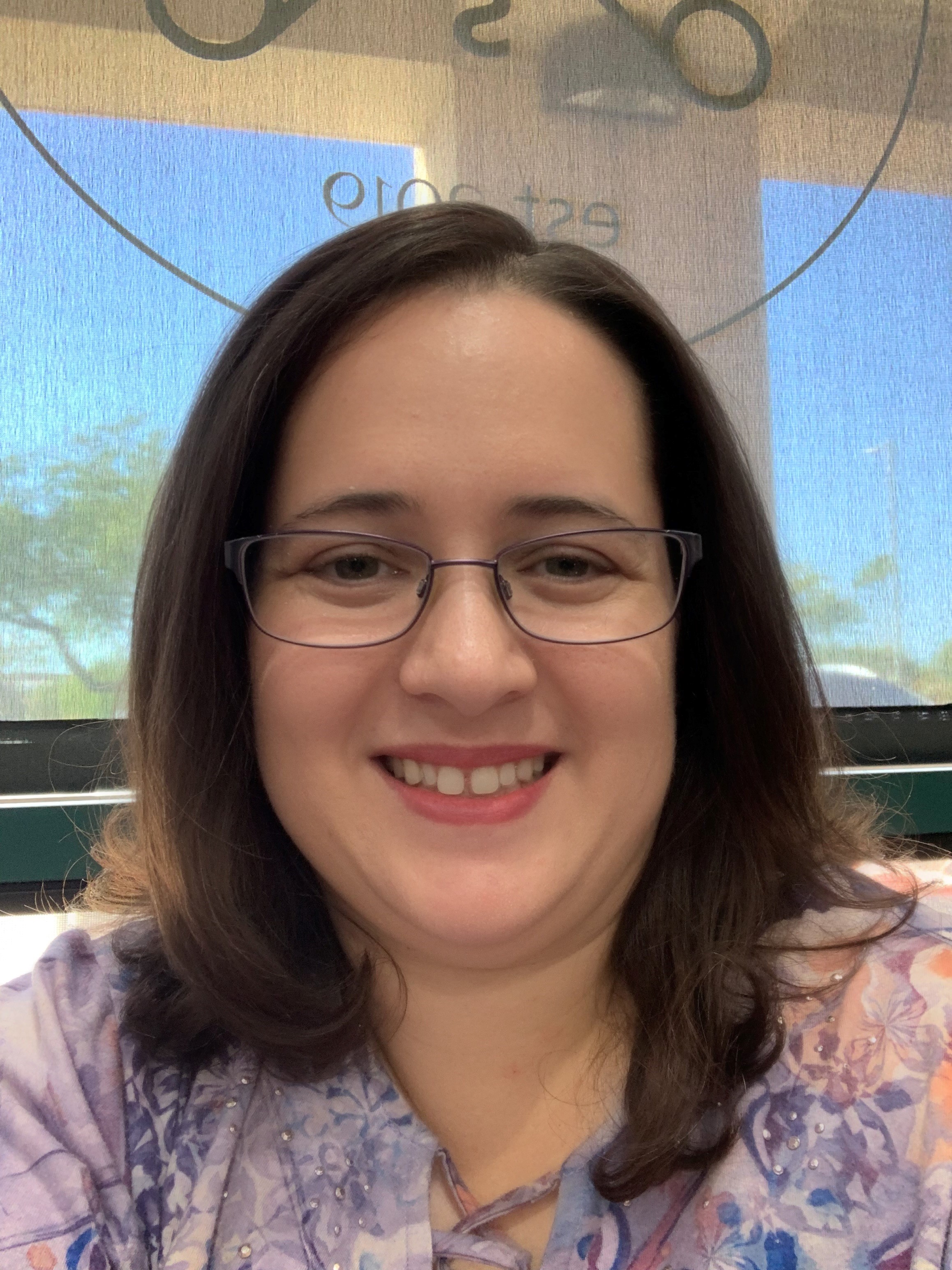Autonomy That Actually Works with Hamza Sami

Adult learning thrives when freedom is matched to support. This conversation with Hamza Sami explores how college courses and corporate training demand different shapes of autonomy, and why those differences matter. In higher ed, learners can take risks and learn from missteps; the cost is a grade, not a job. In the workplace, performance boundaries and organizational goals are real constraints, and autonomy must be tuned to outcomes. We compare motivations, instructor roles, and structural expectations, then ground the approach in Knowles’ Self-Directed Learning and Vygotsky’s Zone of Proximal Development so autonomy becomes a deliberate design choice, not a buzzword.
The first pivot is motivation. College learners often chase grades and degrees, so instructors can frame autonomy as exploration, reflection, and portfolio growth. Corporate learners seek performance gains and promotion, so autonomy must feel immediately useful. Seating and social design matter more than we admit: semicircles and dialogue signal shared ownership and reduce the back-row hideaway. Scaffolded autonomy in college might start with choosing mediums or topics and build toward reflective journals and weekly status reports. In corporate settings, autonomy shows up as control over when and how to learn, supported by just-in-time resources and clear performance targets. The takeaway: autonomy is context-shaped, and risk tolerance should guide the level of freedom we offer.
Readiness for self-direction varies widely, so assessment must be ongoing and humane. Begin with gradual release: tightly structured first-year projects, then controlled topic choice, and finally learner-authored outcomes in capstone or work-based learning. Watch for confusion during expanded choice; coach with guided questions, exemplars, and peer dialogue. Use formative assessment loops, such as group discussions, quick checks, and one-to-one coaching, to surface gaps. For employees, pair reflective practice with annual reviews to identify cognitive, skill, or confidence gaps. Then match supports: job aids and guided questioning for cognition, demonstrations and peer mentoring for skills, and quick wins plus affirmations to rebuild confidence.
ZPD offers a simple test: are learners achieving more with support than alone? Scaffolding starts with modeling and moves to practice with feedback, then fades. The art is timing. Don’t answer every question immediately; prompt discovery first, but know when fatigue or risk demands a direct response. Track patterns: where do learners stall, which items trigger rework, what feedback themes recur? Align scaffolds to those pain points. Combine scenario-based branching with metacognitive prompts so learners see the consequences of choices and reflect on strategy, not just correctness. The best scaffolds make thinking visible and success reproducible.
Tools should serve pedagogy. An LMS can promote autonomy if used beyond content dumps: progress dashboards for self-monitoring, reflective journals and forums for peer learning, and microlearning libraries for just-in-time skill pickups. Without a clear pathway, too many choices overwhelm, so provide wayfinding and suggested sequences that learners can adapt. AI copilots can be powerful partners for brainstorming, outlining, and critique, provided guardrails are explicit. Use green-yellow-red “AI use” zones to clarify what’s acceptable, especially for reflections and assessments. Teach ethical AI use to prevent privacy, IP, and compliance risks, which are skills employers now demand.
If you try one change this week, make it better questions. Ask who your learners are, why autonomy matters here, when they’re ready to take more control, what tools and choices truly build ownership, and how you will scaffold, monitor, and fade support. Autonomy isn’t the absence of guidance; it’s the presence of calibrated design. When choice, reflection, and feedback align with clear stakes and humane coaching, adults grow into self-directed learners who can perform under real-world conditions. That’s the sweet spot where education and work meet, and where autonomy sticks.
🔗 Website and Social Links:
Please visit Hamza Sami’s website and social media links below.
📢 Call-to-Action: Need a hand bringing your learning ideas to life, whether curriculum design, instructional strategy, or even creative production? Reach out on LinkedIn, and let’s explore how we can make learning more engaging together.
Photo by fauxels: https://www.pexels.com/photo/woman-reading-from-tablet-3183169/


